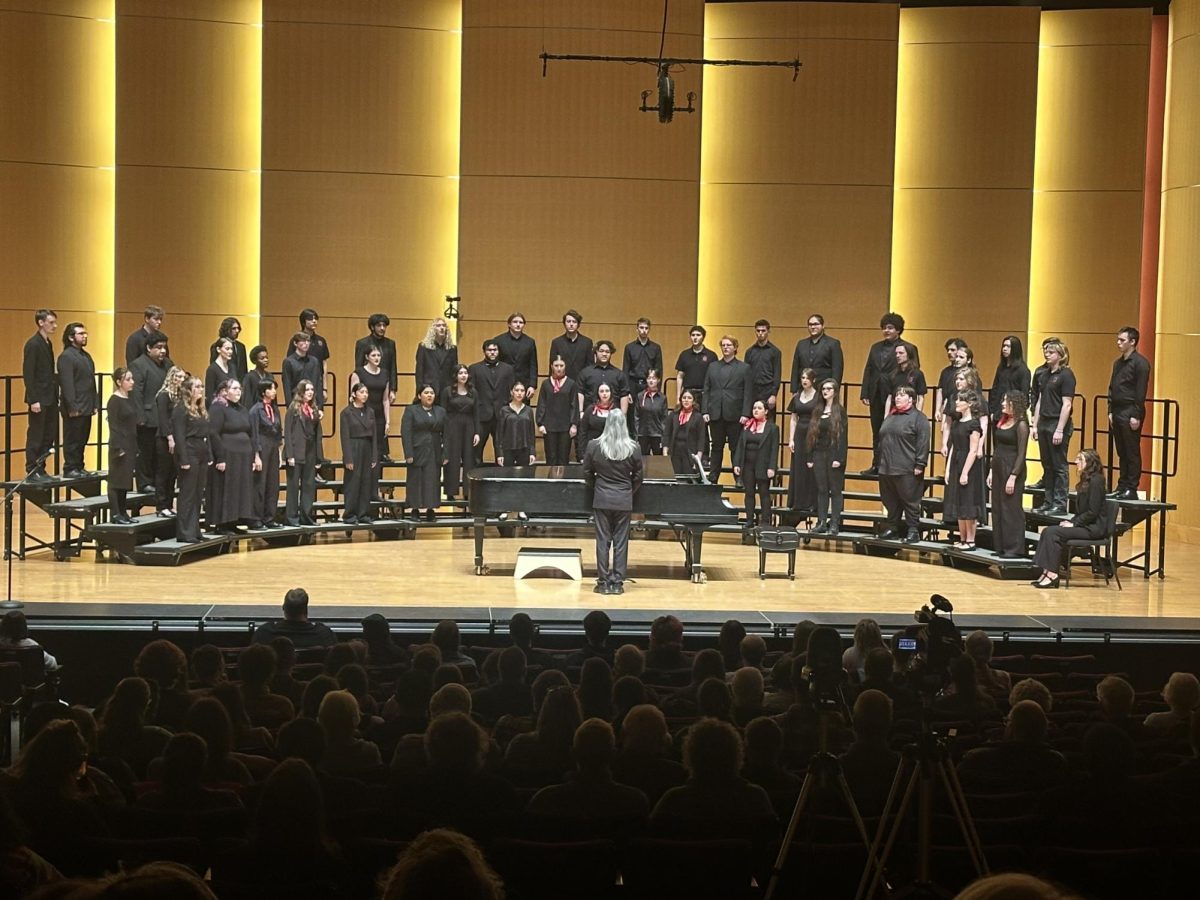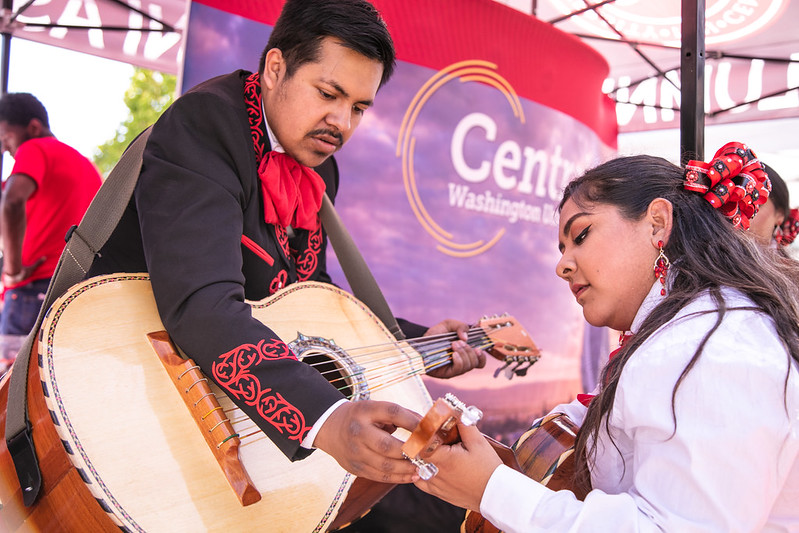BY JUSTIN MERRELL, Staff Reporter
Kittitas County’s abundant outdoor recreation activities draw thousands of sportsmen and nature enthusiasts each year. The county has one of the fastest growing populations in the state, which threatens regional recreational sites and habitats.
The Kittitas County Field and Stream Club, founded in 1919, remains at the vanguard of protecting the county’s habitat and recreational areas.
The Kittitas County Field and Stream Club is an all-volunteer, non-profit group with a mission of promoting effective conservation, teaching hunting ethics and good sportsmanship, supporting education to prevent pollution and improving and increasing outdoor recreation opportunities, especially hunting and fishing.
“We care about conservation. That’s what we do. You need to be an advocate for what you love,” Deborah Essman, president of the Kittitas County Field and Stream Club, said. “We’re all stewards of this land.”
The club’s most popular project is the annual Durr Road cleanup near the Yakima River, where old refrigerators, computers and all kinds of trash used for target practice can be found. Last year, more than 100 volunteers picked up over two tons of litter. This year’s Durr Road cleanup will happen Saturday, April 19, which Essman has invited students to attend. Furthermore, she’d love to see Central students become members of the club.
“I absolutely encourage students to join the club. We totally want the younger generations to understand and share our passion for the outdoors,” Essman said. “We should all be networking; we need each other, so it would be really cool [to have students join].”
The club is actively involved with the Washington Department of Fish & Wildlife (WDFW) to maintain and improve public access fishing sites and provide input regarding game management and habitat concerns. The department clearly finds credence in the club’s voice, which was illustrated by the six WDFW employees present at the department’s last meeting.
“I understand that the club had some heartburn with some of the departments positions on different things,” Nate Pamplin, Assistant Director of the Wildlife Program at WDFW, said. “I think about [those concerns] and I think, here’s a field and stream club, those who represent the core constituents for WDFW . . . I hope the gesture of me and other staff visiting the club to answer questions shows that we’re trying to align with their interests.”
Recently, the club has been working with WDFW and state legislators to change the curriculum of the department’s Hunter Education Program. Last year, due to changes in the curriculum, the club opted to scrap teaching classes after offering the program for 54 years. The club will resume teaching hunter education classes this year and may expand their program by offering hunter education classes tailored for women.
“We’re super excited to get back into the classroom,” Lee Davis, former club president, said. “We’ve talked with the WDFW about what we want back in the program.”
The club has five instructors with an aggregate of 80 years experience who teach over 100 students a year. The club’s instructors are most concerned with making sure their graduates understand proper hunting safety.
“We want to make safe hunters. We want to educate people about the outdoors and engage them,” Essman, who’s been teaching the class for ten years, said. “We’re very involved, we continue to look for projects that are beneficial to wildlife and outdoor recreation.”
The club offers a $1,500 Life Member Scholarship to high school seniors looking to pursue studies in Natural Resource/Wildlife Management. Other activities of the club include acquiring popular waters for public fishing, improving existing fishing sites and providing grain free-of-charge for their Winter Bird Feed project.
Additionally, the club hosts “Eyes In the Woods” training, a WDFW class on how to identify, document and report on natural resource crimes. They also teach Angling (fishing) Education to local youth and support the WDFW’s Salmon in the Classroom program.







